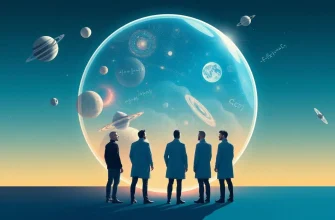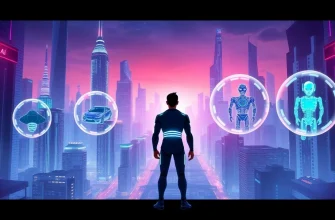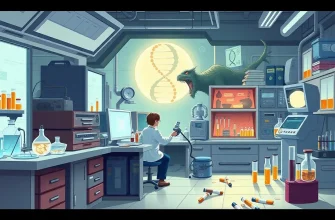This collection of films celebrates the spirit of exploration and the pioneering work of NASA through the lens of science fiction. These movies not only entertain but also inspire viewers to dream of the stars, showcasing the agency's real and imagined contributions to space travel, extraterrestrial encounters, and the human quest for knowledge beyond our planet.

The Right Stuff (1983)
Description: This epic film chronicles the early days of NASA's Project Mercury, focusing on the astronauts' lives and the challenges of the space race.
Fact: The film was adapted from Tom Wolfe's book and was noted for its historical accuracy, although some events were dramatized.
 Watch Now
Watch Now 
Apollo 13 (1995)
Description: Although not strictly sci-fi, this film dramatizes the real-life NASA mission that faced numerous challenges, showcasing the agency's problem-solving capabilities in a crisis.
Fact: The film used actual NASA footage and interviews with the astronauts to ensure authenticity. It was nominated for nine Academy Awards.
 Watch Now
Watch Now 
Contact (1997)
Description: Based on Carl Sagan's novel, this film explores the SETI program, a NASA initiative to search for extraterrestrial intelligence, and the implications of first contact.
Fact: The film's depiction of the Machine was inspired by real-world concepts of wormhole travel. Jodie Foster's character was based on Sagan's friend, Ann Druyan.
 Watch Now
Watch Now 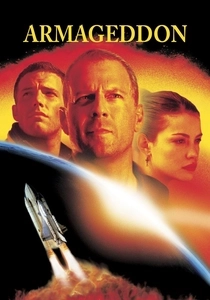
Armageddon (1998)
Description: While more action-oriented, this film features NASA's role in a global crisis involving an asteroid on a collision course with Earth, showcasing the agency's emergency response capabilities.
Fact: NASA provided technical advice for the film, although some liberties were taken for dramatic effect. The film's budget was one of the largest at the time.
 Watch Now
Watch Now 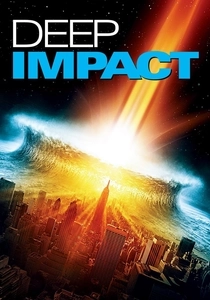
Deep Impact (1998)
Description: This film explores NASA's response to a comet on a collision course with Earth, showcasing the agency's role in planetary defense.
Fact: The film's comet was named Eurydice after the Greek myth, symbolizing the theme of impending doom.
 Watch Now
Watch Now 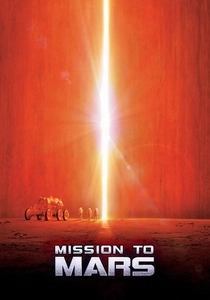
Mission to Mars (2000)
Description: A NASA mission to Mars encounters a mysterious phenomenon, highlighting the agency's exploration efforts and the search for life beyond Earth.
Fact: The film's plot was inspired by the real-life Mars Pathfinder mission, and NASA provided technical support.
 Watch Now
Watch Now 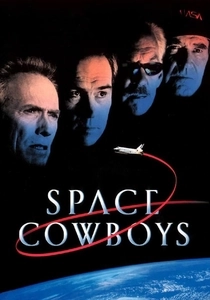
Space Cowboys (2000)
Description: This film features a group of aging test pilots recruited by NASA for a critical space mission, showcasing the agency's reliance on experience and innovation.
Fact: The film was inspired by the real-life story of the Mercury Seven astronauts, although the plot is fictional.
 Watch Now
Watch Now 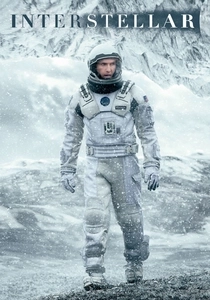
Interstellar (2014)
Description: Although not directly about NASA, the film's depiction of space travel and wormhole exploration is heavily influenced by NASA's theoretical work on space-time and black holes.
Fact: Kip Thorne, a theoretical physicist, served as a scientific consultant, ensuring the film's depiction of black holes was as accurate as possible.
 Watch Now
Watch Now 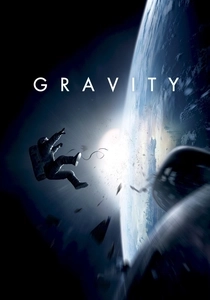
Gravity (2013)
Description: This visually stunning film follows an astronaut's struggle for survival after a space disaster, with NASA playing a pivotal role in her rescue.
Fact: The film was shot in a way to simulate zero gravity, with actors suspended on wires. It won seven Academy Awards, including Best Director for Alfonso Cuarón.
 Watch Now
Watch Now 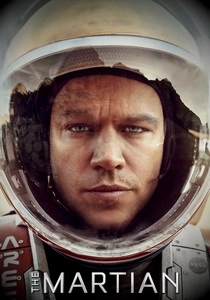
The Martian (2015)
Description: This film captures the essence of NASA's ingenuity and resilience when astronaut Mark Watney is left stranded on Mars. It showcases NASA's efforts to bring him back home, highlighting real-world technology and problem-solving.
Fact: The film was praised for its scientific accuracy, with NASA providing technical support. The potatoes grown by Watney were actually grown on the set.
 Watch Now
Watch Now 




